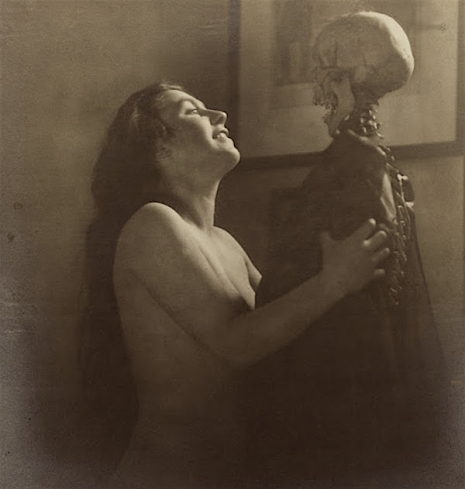John Carpenter's best movie, for some, certainly one of the classic American horror movies. Also the best movie to feature undead lepers. The Fog is one of those films I can watch any number of times and not feel jaded, despite knowing exactly what's going to happen next. Perhaps that's the measure of a work of art, or just proof that I first saw it at an impressionable age.
The Fog is all the more remarkable because it shouldn't work. It contains enough plot-holes and blunders to sink a lesser effort. We have Father Malone (the excellent Hal Holbrook) who is a Catholic priest at Antonio Bay. What's more, his grandfather was a Catholic priest, too... Yes, I know a married man with kids can be ordained a priest, but it's a stretch, to say the least.
Then there's the whole malarkey about the treasure, which was the sole motive for the horrific crime that leads to supernatural vengeance. Getting Blake's gold allowed the construction of the church and the founding of the town itself. Except that it didn't, because we learn that the first Father Malone took most of it and turned it into the ruddy great gold cross that plays such a significant role in the climax.
None of this really matters because there's something in the fog, as Stevie Wayne (Adrienne Barbeau) tells listeners to KAR. What's in the fog is mostly a bright light, a remarkably simple trick that works very well. Instead of something lurking in the shadows, we get a glowing nebula coming out of the night. Inside it are some seriously vengeful spooks that wreak creative carnage.
From the first moments of the film, when Mr Machen (John Houseman) terrifies a bunch of small children and sets up the shipwreck plot, we know we are in good hands. When phones, cars, televisions and other machinery goes crazy at midnight, we get the point that spirits are abroad, exploring the town. When the crew of the trawler see the ghost ship pull alongside it is a wonderful moment, although we know the moments that follow will not be wonderful for them.
And so on until the revenants have exacted their fairly restrained revenge, by bumping off just six citizens and not the whole town. Poor Mrs Kobritz. This is not a film in which being nice guarantees survival. It's also devoid of villains, as all the wrongdoing occurred a century ago. If The Fog has a message it's that the past should be faced and understood, not ignored and lied about. But mostly it's a film about an unearthly fog with ghosts in it that go around killing people, which is as it should be.


















